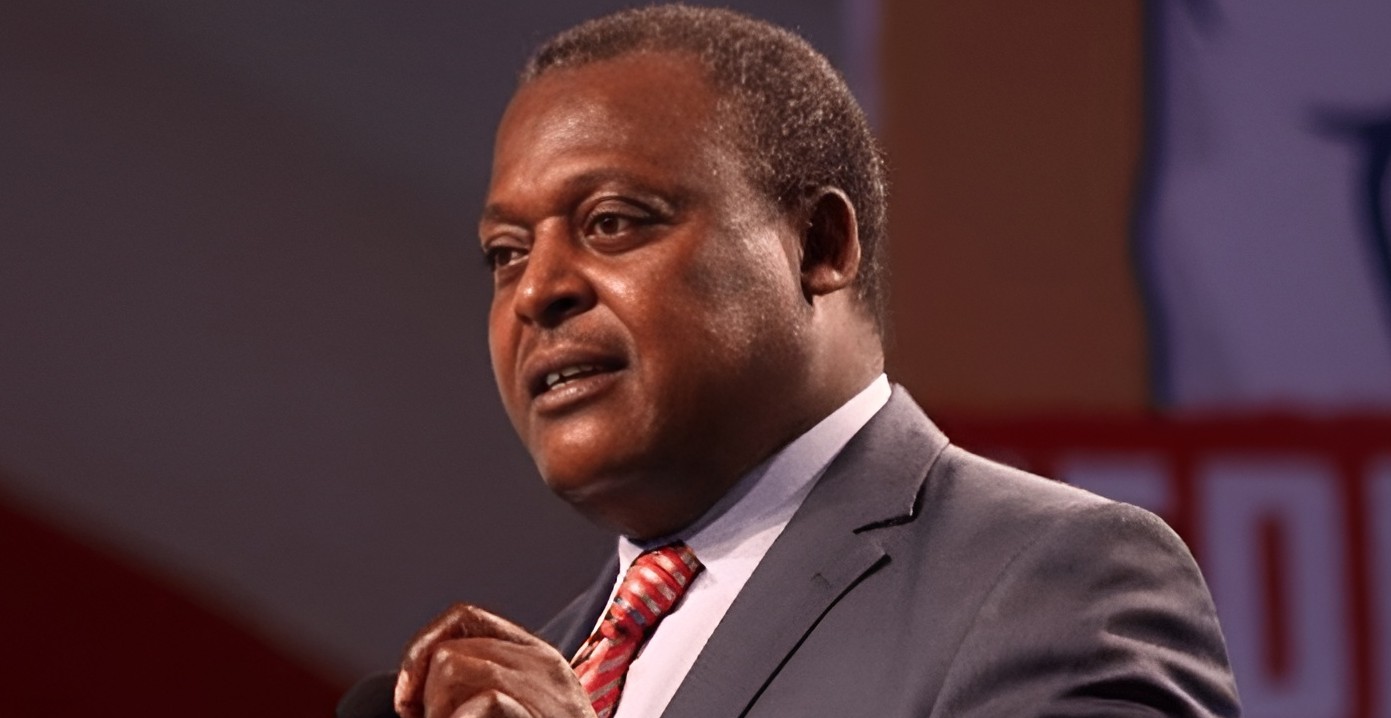How transition to new healthcare scheme can be made less painful for Kenyans

Kenya’s new approach brings challenges that demand strategic management, adequate funding and close collaboration with key stakeholders.
Kenya’s pursuit of universal health coverage has evolved over three decades through incremental reforms. But the boldest step taken so far was in 2022 when the government embarked on an overhaul of the healthcare system under President William Ruto’s economic transformation agenda.
The new Social Health Insurance Fund – implemented across the country from October 2024 – replaces the 58-year-old National Health Insurance Fund and aims to provide all Kenyans with quality healthcare. The new scheme mandates health coverage for all under the Social Health Insurance Act, passed in 2023. It is backed up with regulations requiring the mandatory registration of all residents of Kenya.
More To Read
- KNCHR says Kenyans still locked out of healthcare despite Sh138 billion SHA boost
- MPs ditch SHA, the public health scheme they once praised, and opt for private cover
- TSC confirms shift to SHA cover for teachers from December 1
- TSC sued over teachers’ migration from MINET insurance to SHA
- Ruto announces increase in cancer treatment cover to Sh800,000 under SHA from December 1, 2025
- Government to review SHA packages amid calls for better cancer care
The new healthcare system introduces the Primary Health Fund for basic care at local clinics, the Social Health Insurance Fund for advanced services at larger hospitals, and the Emergency, Chronic and Critical Illness Fund to cover emergency and long-term treatments.
The transition from the old system to the new marks a significant milestone in Kenya’s efforts towards universal health coverage. It’s the first time the government is fully overhauling the country’s health insurance system and addressing its perennial issues of inefficiency, corruption and service delivery head-on. Previous efforts have opted for piecemeal reforms.
However, the transition from the National Health Insurance Fund is facing serious challenges. These include financing gaps, reimbursement delays and infrastructure constraints that affect service delivery. In addition, the changes are being met with public resistance, low registration rates and concerns about the new member contribution model.
Kenya’s new approach brings challenges that demand strategic management, adequate funding and close collaboration with key stakeholders.
Implementing health reforms is no easy task. Unpredictable forces – such as political interests, economic limitations, stakeholder influence and public opinion – interact in unseen ways. This makes outcomes difficult to predict and control.
 Health CS Deborah Barasa when she presented a report to the Council of Governors on the services provided by the Social Health Authority (SHA) on September 5, 2024. (Photo: MoH)
Health CS Deborah Barasa when she presented a report to the Council of Governors on the services provided by the Social Health Authority (SHA) on September 5, 2024. (Photo: MoH)
To succeed, the Kenyan government must focus on transparent communication, strategic partnerships and efficient reimbursement to build a sustainable health system. It would do well to learn from other countries’ journeys with universal health coverage, like Ghana, South Africa and India.
Kenya’s health reforms
In 2004, the government proposed a national health insurance scheme aimed at providing financial protection. However political and economic issues delayed its rollout.
In 2010, new reforms were introduced. These included a specialised scheme for civil servants, a health subsidy for the poor and revised member contribution rates with expanded benefits. The country then decentralised health services in 2013. This made health service delivery the responsibility of the country’s 47 regional governments. The national government retained policy functions.
Free maternity care was launched in 2013 and expanded in 2016.
In 2018, a pilot universal healthcare programme was launched to strengthen healthcare delivery and access under the then Uhuru Kenyatta regime.
In 2022, the Ruto government embarked on an overhaul of the healthcare system, which led to the Social Health Insurance Fund under the Social Health Insurance Act.
Financing gaps
The transition to the new system has brought several financing issues to the forefront.
Firstly, reimbursement delays from the National Health Insurance Fund have left many health facilities in financial distress. Some facilities are still waiting to be paid for services rendered. The health ministry has been slow in releasing funds. These delays have caused financial strain, preventing facilities from operating efficiently and leading some to refuse to join the new system until their debts are settled. This has affected access to care.
Secondly, due to inadequate public awareness, many patients have incurred out-of-pocket expenses during the transition, particularly those needing long-term treatments like dialysis and cancer care. This is even though the Social Health Authority – which will administer the new scheme – has offered to reimburse patients who paid for services.
Thirdly, concerns about the sustainability of Kenya’s new healthcare scheme are significant. The projected cost of full implementation is Sh168 billion (US$1.3 billion). However, the country’s 2024-25 budget allocated Sh127 billion (US$982 million) for the entire health sector and Sh6.1 billion (US$47 million) for the Social Health Authority. This is significantly below the required amount.
 The Social Health Authority (SHA) headquarters in Nairobi. (Photo: SHA)
The Social Health Authority (SHA) headquarters in Nairobi. (Photo: SHA)
The government plans to seek development partners’ support and contributions from all eligible Kenyans and foreigners (who have lived in the country for more than a year) to bridge the financing gap. This raises questions about the long-term viability of this approach.
Fourthly, there have been delays in establishing contracts between the Social Health Authority and healthcare providers. This has caused some facilities to turn away patients.
Public resistance and lack of awareness
Public resistance and a lack of awareness are hurdles in the transition. As of October 2024, only 1.9 million Kenyans had voluntarily registered for the new scheme. This is well below the health ministry’s target of registering 12 million households (around 38 million people) by the onset of the programme.
About 10 million National Health Insurance Fund members were transferred to the new scheme automatically. However, issues with data accuracy mean only 70 per cent of the information was transferred correctly.
Concerns over the new contribution structure have also fuelled resistance. Salaried workers now contribute 2.75% of their income. This is higher than the National Hospital Insurance Fund’s flat rate. It has prompted calls for refining the system to ensure fairer contributions, particularly for low-income households.
Another concern is that the new system offers limited coverage, fewer services and lower reimbursement rates for specialised treatments than the National Hospital Insurance Fund. This may increase patients’ out-of-pocket costs and reduce care quality.
Digitalisation is another challenge. Since July 2024, citizens have registered for Social Health Authority services using various methods, including USSD codes and online platforms. However, participation has been slower than expected, partly due to limited awareness and infrastructure challenges. There have also been concerns over data ownership and security.
What can the government do?
To successfully transition from the National Hospital Insurance Fund to the Social Health Insurance Fund and achieve universal health coverage, Kenya must prioritise clear communication, robust digital systems, sufficient funding and efficient reimbursement processes – without corruption.
Learning from other countries like Ghana, which emphasised transparent communication to build trust, could help Kenya ensure effective public engagement.
Partnerships with technology providers could also be enhanced by drawing lessons from Tanzania’s integrated health insurance systems, which improved data management and accountability.
Ensuring financial sustainability, as seen in India’s approach, is crucial for bridging budget deficits and securing long-term funding.
Reimbursement delays must be addressed. South Africa’s National Health Insurance pilot showed the importance of clear payment timelines and strategic purchasing to maintain provider trust and service efficiency.
By adopting these strategies, Kenya can manage the transition challenges effectively and strengthen its healthcare system.
Top Stories Today












































